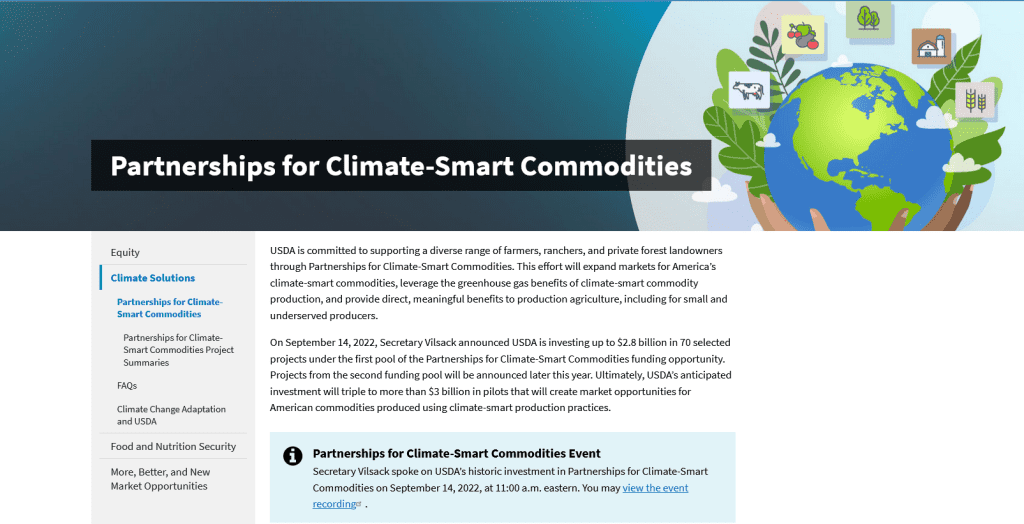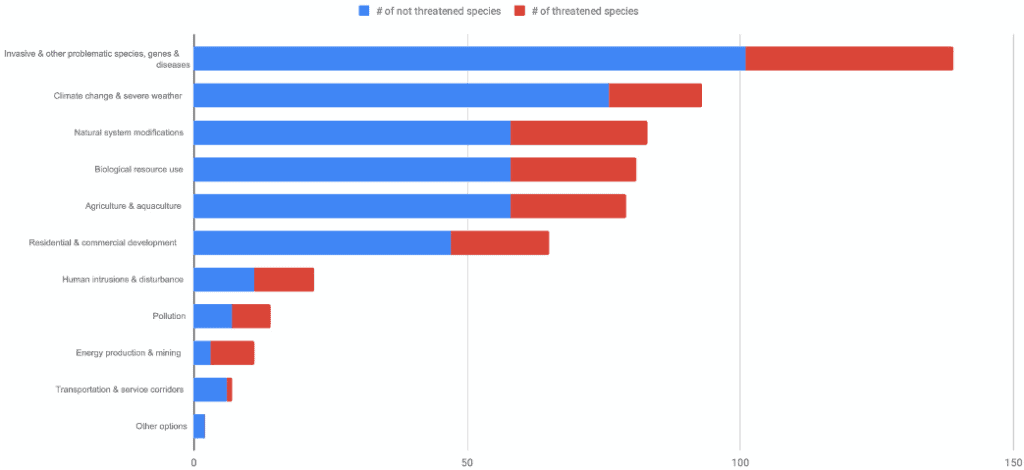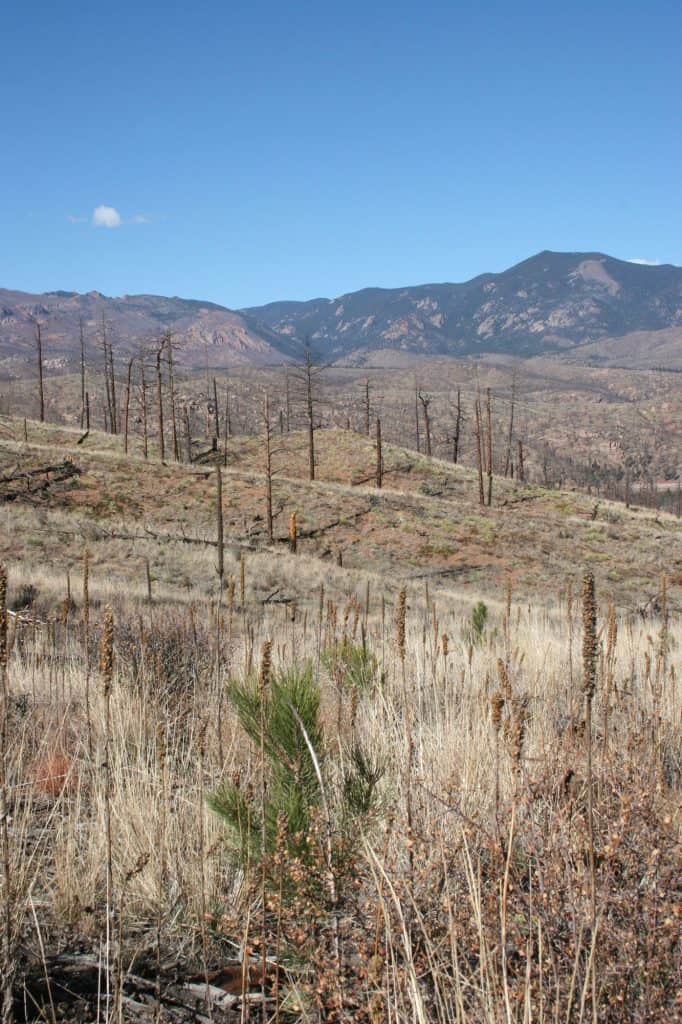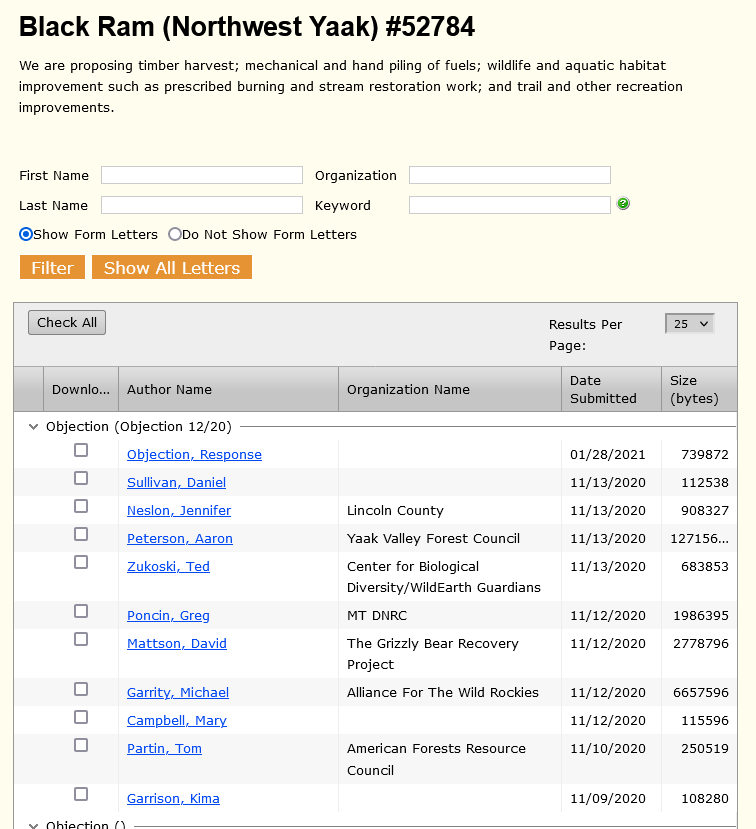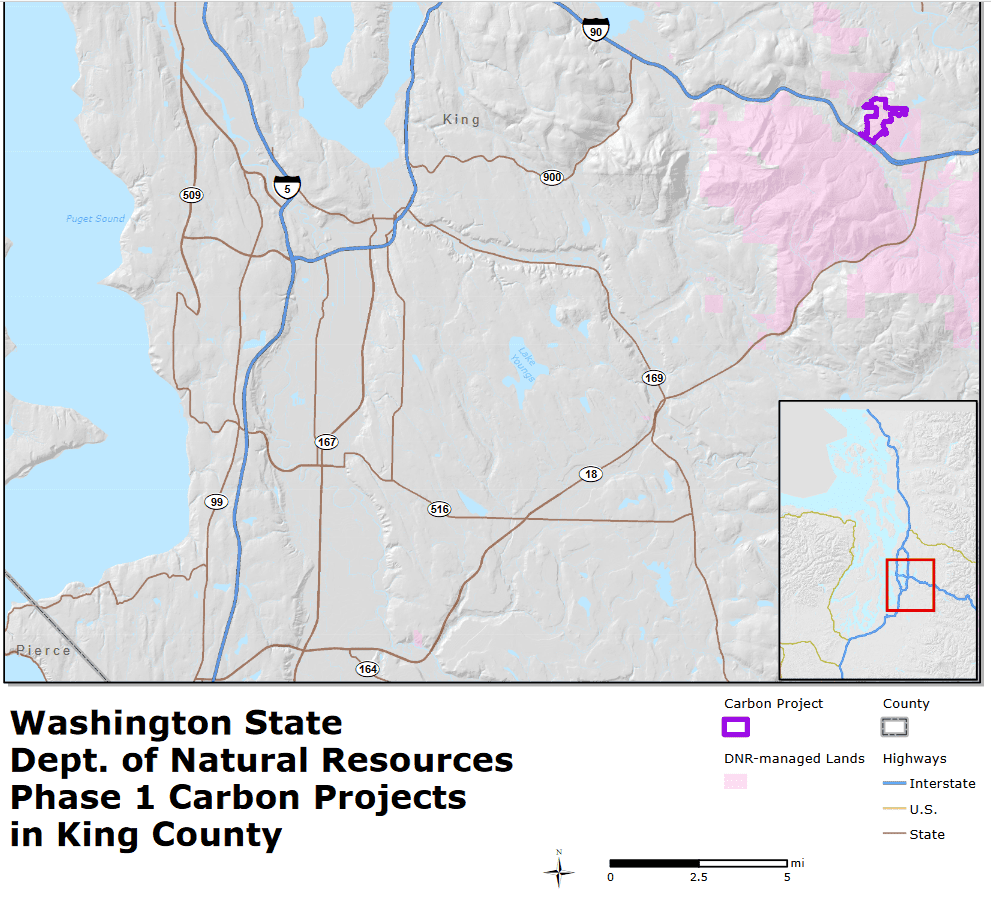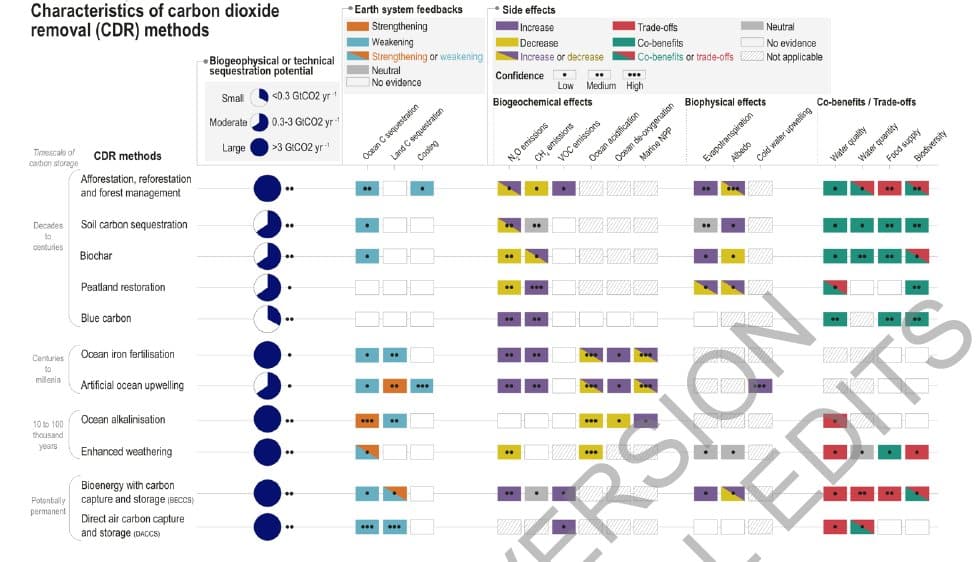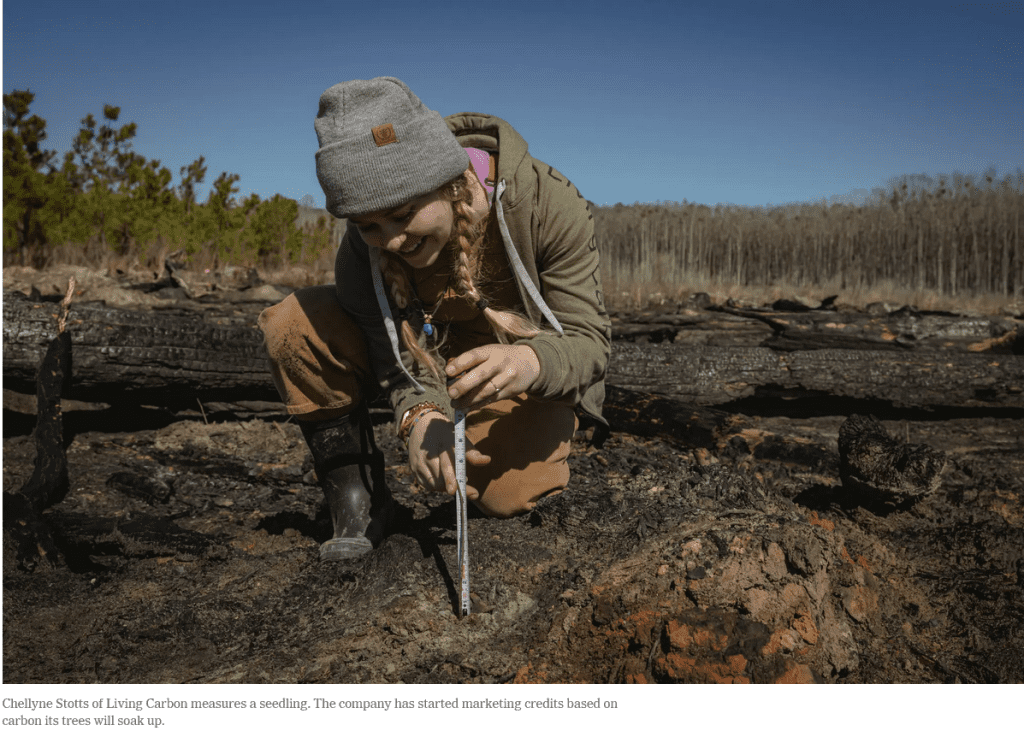 This article was a total blast from the past for me.. I organized a joint meeting with SAF, ESA, and Pew Agbiotech on forest tree biotech lo these twenty years ago.
This article was a total blast from the past for me.. I organized a joint meeting with SAF, ESA, and Pew Agbiotech on forest tree biotech lo these twenty years ago.
Most forest products companies have not been interested in carrying these kinds of investments (for one thing conifers are harder to grow from culture) with unknown risks over sawtimber rotations.
Nevertheless, it could be that carbon markets upend these traditional economies. Conceivably every year these trees soak up more carbon than your average poplar (or whatever the carbon is measured against), it could be making some money. Even if they ultimately die.. early, or get sick, or eaten by bugs, or various other predators, and start producing less than the average pop. (that’s why I can’t really get my head around many tree carbon market programs). Or maybe not? Note the caption to the photo says “the company has started marketing credits” based on things that haven’t happened yet and could be reversed.
But the landowner in this story is planting a mix of species, so his risk is minimal..his idea is simply to get the hybrid poplars to the same size faster. If that doesn’t work, the other trees will just soak up the carbon. Also, mixing species are handy from the unknown future angle, as forest economists have long understood vis a vis markets and pests, but is also true for unknown climate change.
They’re also being planted alongside native trees like sweet gum, tulip trees and bald cypress, to avoid genetically identical stands of trees known as monocultures; non-engineered poplars are being planted as experimental controls. Ms. Hall and Mr. Mellor describe their plantings as both pilot projects and research trials. Company scientists will monitor tree growth and survival.
Understatement of the week for reforestation practitioners:
“They have some encouraging results,” said Donald Ort, a University of Illinois geneticist whose plant experiments helped inspire Living Carbon’s technology. But he added that the notion that greenhouse results will translate to success in the real world is “not a slam dunk.”
This one gave me a chuckle. I seem to recall a research proposal mentioned low lignin loblolly pine for easier (and less chemical-using) pulping. The old “floppy tree” proposal.
The problem with these approaches has been that researchers want to do something (like get $ for sequencing, or make money in carbon markets). So they dream up ideas and hype them. So environmental groups listen, and think that the hype will really happen (plantations of floppy trees or GE hybrid poplars everywhere!) and get worried, hyping the hype. Meanwhile, the rest of us just yawn and carry on.
That same year, Ms. Hall, who had been working for Silicon Valley ventures like OpenAI (which was responsible for the language model ChatGPT), met her future co-founder Patrick Mellor at a climate tech conference. Mr. Mellor was researching whether trees could be engineered to produce decay-resistant wood.
From floppy trees to decay-resistant wood in only 30 years!
In a field accustomed to glacial progress and heavy regulation, Living Carbon has moved fast and freely. The gene gun-modified poplars avoided a set of federal regulations of genetically modified organisms that can stall biotech projects for years. (Those regulations have since been revised.) By contrast, a team of scientists who genetically engineered a blight-resistant chestnut tree using the same bacterium method employed earlier by Living Carbon have been awaiting a decision since 2020..
“You could say the old rule was sort of leaky,” said Bill Doley, a consultant who helped manage the Agriculture Department’s genetically modified organism regulation process until 2022.
Why would gene-gunning (without Agrobacterium genes involved) be OK? Well, the source of APHIS’s regulatory authority was that Agrobacterium is a plant pest, and thereby subject to the Plant Protection Act. No Agro, no authority. Gene gunning = no authority. As in this sorghum letter I found online:
Because domesticated sorghum is not a plant pest or listed as a federal noxious weed, the genetic elements used to generate TRSBG101B Transgenic Sorghum are all sourced from fully classified organisms, and the transformation process does not introduce any plant pest DNA components, there is no scientifically valid basis for concluding that TRSBGlOlB Transgenic Sorghum is, or will become, a plant pest within the meaning of the Plant Protection Act (PPA).
Ceres therefore asserts that under current regulations, TRSBG101B Transgenic Sorghum is not a regulated article within the meaning of 7 CFR §340.1 because it does not satisfy any of the regulatory criteria that would subject it to the oversight of the USDA’s Animal Plant Health and Inspection Service (APHIS).
There are so many different ways of working with DNAs and RNAs today that the regulatory system must be almost unimaginably complex. It must be difficult to keep up with the technologies.
And from fellow forest geneticists:
Forest geneticists were less sanguine about Living Carbon’s trees. Researchers typically assess trees in confined field trials before moving to large-scale plantings, said Andrew Newhouse, who directs the engineered chestnut project at SUNY College of Environmental Science and Forestry. “Their claims seem bold based on very limited real-world data,” he said.
Steve Strauss, a geneticist at Oregon State University, agreed with the need to see field data. “My experience over the years is that the greenhouse means almost nothing” about the outdoor prospects of trees whose physiology has been modified, he said. “Venture capitalists may not know that.”
Dr. Ort of the University of Illinois dismissed such environmental concerns. But he said investors were taking a big chance on a tree that might not meet its creators’ expectations.
“It’s not unexciting,” he said. “I just think it’s uber high risk.”
